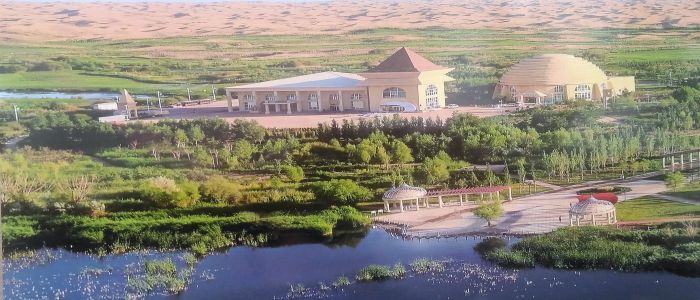
Elion Resources Group has recovered a third of the total land for settlement and agriculture.
Gone are the days of despair and hopelessness for the 740, 000 inhabitants of Kubuqi Desert in China’s northeastern Inner Mongolia Autonomous Region, located on the border with Russia and Mongolia. About three decades ago, the desert seemed unstoppable in its advance on the little arable land left. In a move that was seen by many as sheer madness, Wang Wenbiao, a native of Hanggin Banner in Kubuqi Desert, in 1998 resigned his promising public service job and took over ownership of a local moribund salt plant!
He then undertook an ambitious but doubtful tree-planting campaign to stop the desert. Almost 30 years on, Wang Wenbiao’s Elion Resources Group has reclaimed 6,300 square km of Kubuqi Desert’s total area of 18,600 square km through a variety of tested tree-planting methods. As a result, the amount of rainfall has increased, attracting about 100 species of wild birds and animals to the area. “The desert’s first surviving road to the outside world was constructed. Previous attempts failed as any road was soon swallowed up by sand dunes.
Today, the territory boasts over 300 km of passable roads – half of them tarred,” Elion’s Vice President, Dr Zhao Yong, told Cameroon on June 19, 2017 during a visit to the desert. “Elion has resettled 100,000 farmers and herdsmen previously scatted all over the desert in modern villages complete with running water and electricity,” explained Sunny Yao, Elion’s International Investment Cooperation Manager. The per capita income of local people ha...
Cet article complet est réservé aux abonnés
Déjà abonné ? Identifiez-vous >
Accédez en illimité à Cameroon Tribune Digital à partir de 26250 FCFA
Je M'abonne1 minute suffit pour vous abonner à Cameroon Tribune Digital !
- Votre numéro spécial cameroon-tribune en version numérique
- Des encarts
- Des appels d'offres exclusives
- D'avant-première (accès 24h avant la publication)
- Des éditions consultables sur tous supports (smartphone, tablettes, PC)






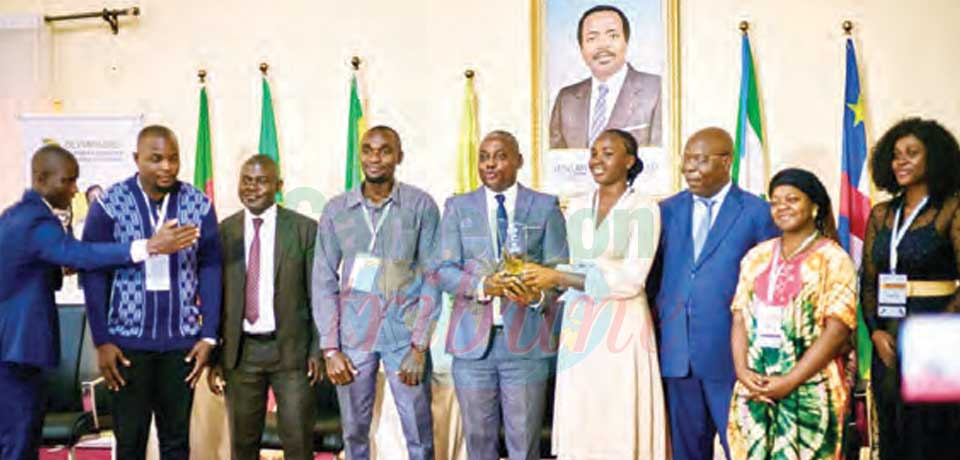
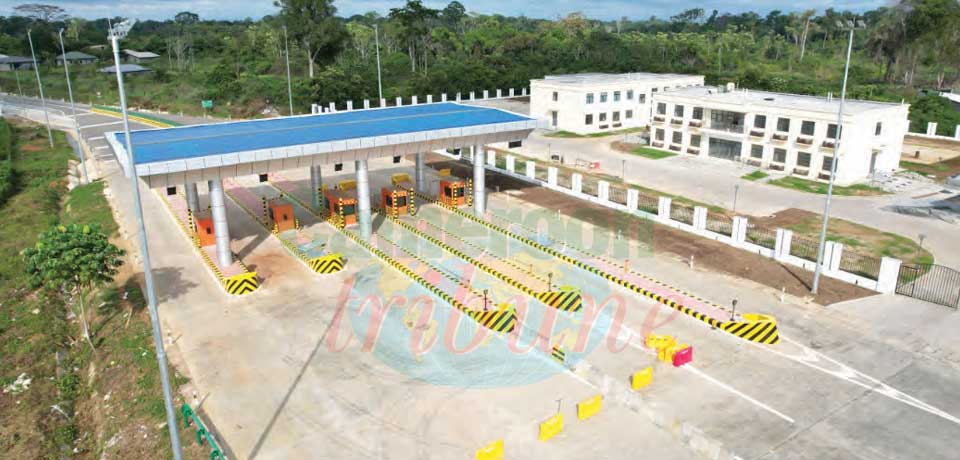
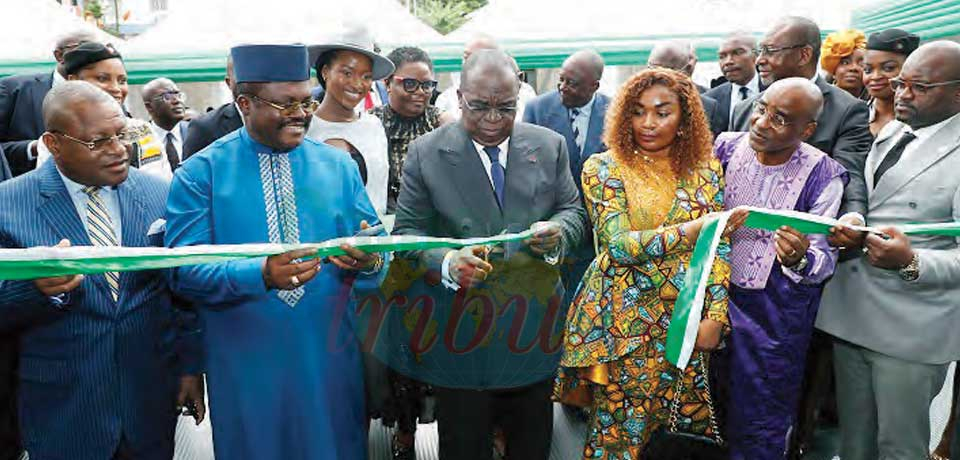
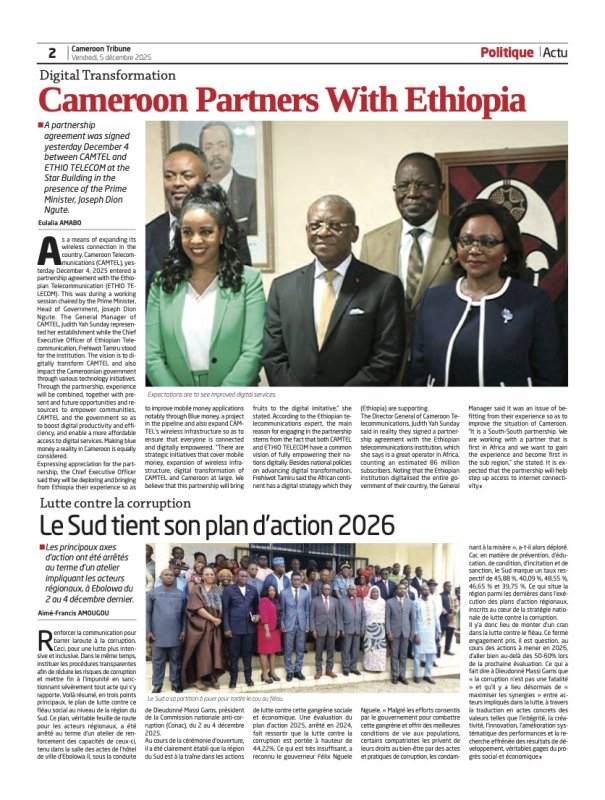




Commentaires